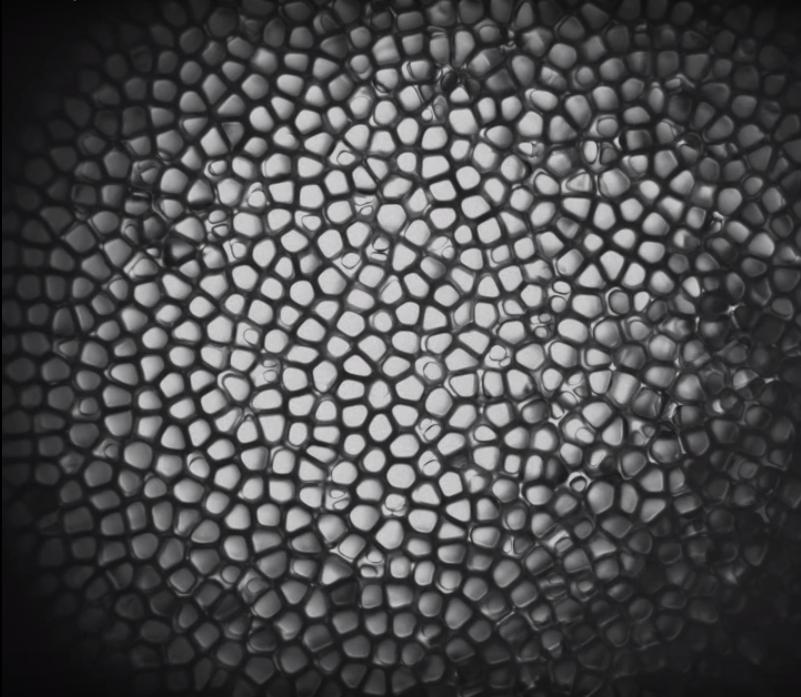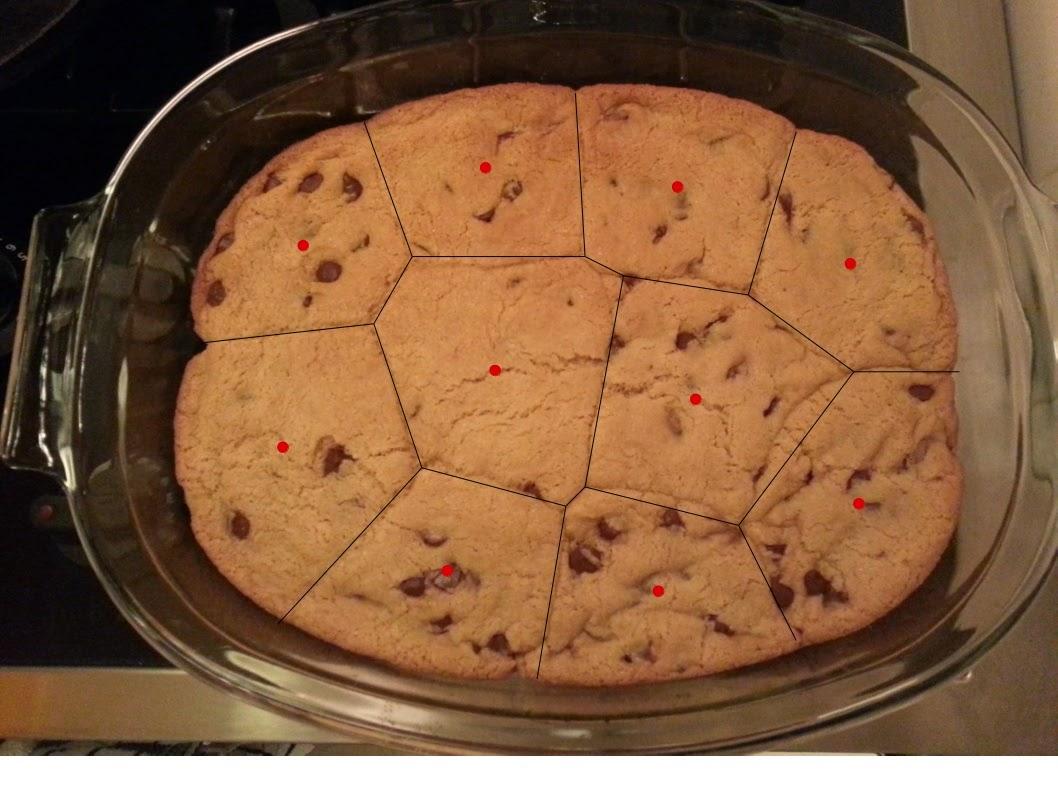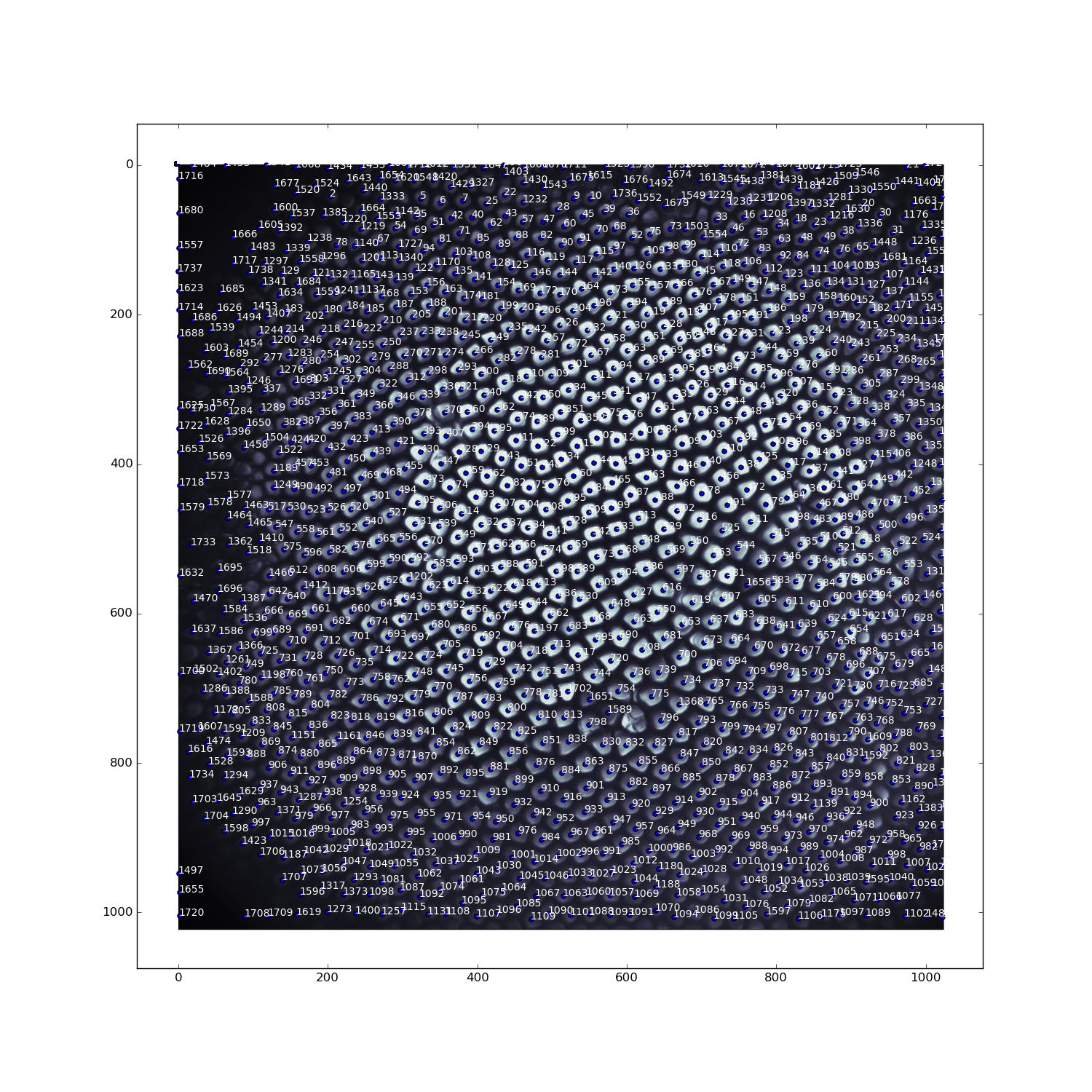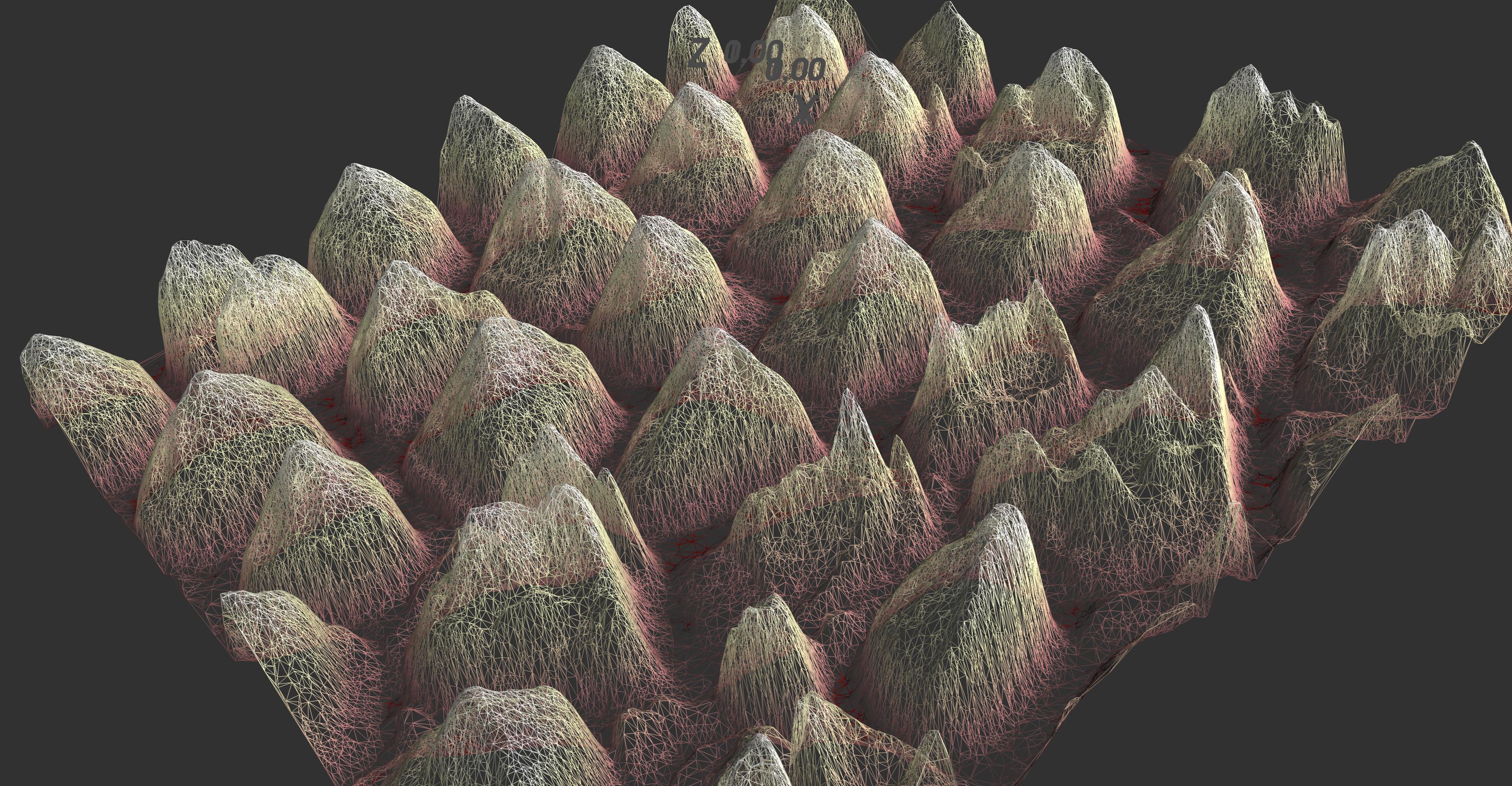Technological advancement in computational and science of materials brought us a new conceptual framework of experimenting and study material properties in its full complexity. Creation and experimentation with emergence phenomena brings matter into unpredictable behavior that allows to create far from the equilibrium systems. In this paper I would explain the process of analysis for a material emergent system studied in DECLIC Directional Solidification Insert on-board the International Space Station (ISS) utilizing video and images and process them as artistic practice and a science visualization tool. Comparing material morphogenesis and emergent properties in zero gravity with biological morphogenesis, establishing a sci-fi narrative of life origins.
"An abstract machine in itself is not physical or corporeal, any more than it is semiotic; it is diagrammatic (it knows nothing of the distinctions between the artificial and the natural either). It operates by matter, not by substance; by function, not by form. [...] The abstract machine is pure Matter- Function — a diagram independent of the forms and substances, expressions and contents it will distribute." (A Thousand Plateaus: Capitalism and Schizophrenia, 2004, p. 156)
For Deleuze, the problem-solving activity in which diagrams (as autopoetic machines) are engaged is instantiated even in simple material-energetic systems. For example, an aggregate of physical entities ruled by basic energy constraints may display an organized collective behaviour which constructs its own logic: it will adopt a form that requires the least energy. In this way, emergent structures shape matter. Inversely, physical systems design can serve to compute valleys of energy, an endogenous topological form of molecular assemblages. Alternating diagrammatic thinking into biological systems is illustrative of Deleuze ́s abstract machine definition cited above.
Biological behavior can be used to create a kind of association between the designer and life forms to create systems with organized behavior and certain logic, and by evolutionary analysis, explore possible combination of traits. We can program a being using its traits and adaptive processes and feed those variables into designed system to solve certain problems.
In populations that are not biological, the genetic algorithm and swarm intelligence behavior allows to feed the system with the “breeder” criterion of fitness, akin to the action of human breeding techniques on domesticated plants and animals, constituted by variation and selection to find the optimal solution to a given problem. As Manuel de Landa states in “Virtual enviroments and emergence of synthetics reason”:
“The strategy will be, in this sense, stable against invasion. To put it invisual terms, it is as if the space of possibilities explored by the "searching device" included mountains and valleys, with the mountain peaks representing points of optimal performance. Selection pressures allow the gene pool of a reproductive population to slowly climb those peaks, and once a peak has been reached, natural selection keeps the population there.”
Thus, material, computational and biological systems can be used as searching devices, to solve and explore certain features by comparing iterations and generations of fittest mutants. In this project we will apply a hybrid of techniques: material, algorithmic, and biological data to analyze form and energy paths to space emergent phenomena, we are characterizing the evolutionary stages from outer space data as artistic practice and a science visualization tool.
The series of experiments on transparent model alloy succinonitrile – 0.24 wt% camphor, under low gravity in the DECLIC Directional Solidification Insert on-board the International Space Station (ISS), bring this type of emergent properties by evolution of the solid-liquid interface in outer space material logic. It offers the very unique opportunity to observe in situ and characterize all stages of microstructure formation in extended three-dimensional geometries. The original images were brought back from the ISS captured by 1024 x 1024 pixel images captured every 2.7 seconds. Providing us with an animated evolutionary cell patterns visualization.

In order to analyze the material we propose a process in which we can study the emergent phenomena with hybrid techniques in 3 different phases:
1.- Two dimensional geometric analysis and cells formation processed with custom-made software to analyze geometric evolutionary patterns.
2.- Centroid analysis of cells and pixel shading to create a series of 3d models to create 3d printed sculptures materializing the different expressive stages of the evolutionary material process.
3.- Topological path computing through amoeboid organism, finding the minimum-length solution between two points.
3.1.- Geometric evolutionary patterns.
Custom-made software was created to analyze geometric evolutionary patterns presented in the images providing us with information of Voronoi cell spatial logic. Thus, a computational tool was designed to use computer video analysis to track, classificate, and numeralize cell formation, thus being able to visualize cell self organization. Finding recourse with the Voronoi construct, spatial classification logic was used as a tool to understand the structures, revealing itself an intrinsic mode of self organization in the structures themselves.


3.2.- Topological path computing through amoeboid organism, finding the minimum-length solution between two points (in process).
To further process our data and topological analysis over a 3d printing models, we propose to apply biological computing through yellow physarum polycephalum intelligence. Physarum polycephalum capabilities has been demonstrated in many studies mainly from Toshiyuki Nakagaki at Hokkaido University, in which he designed a plastic maze, placed blocks of agar packed with nutrients at the start and end of the maze, the slime mold had retracted its branches from dead-end corridors, growing exclusively along the shortest path possible between the two pieces of food.

Hybridization of methods and techniques to bring artworks and science together is an excellent tool to creatively enhance strategies for representation. We are still in progress for our study in using different methods hybrid of techniques: material, algorithmic, and biological data to analyze form and energy paths to space emergent phenomena, we are characterizing the evolutionary stages from outer space data as artistic practice and a science visualization tool.